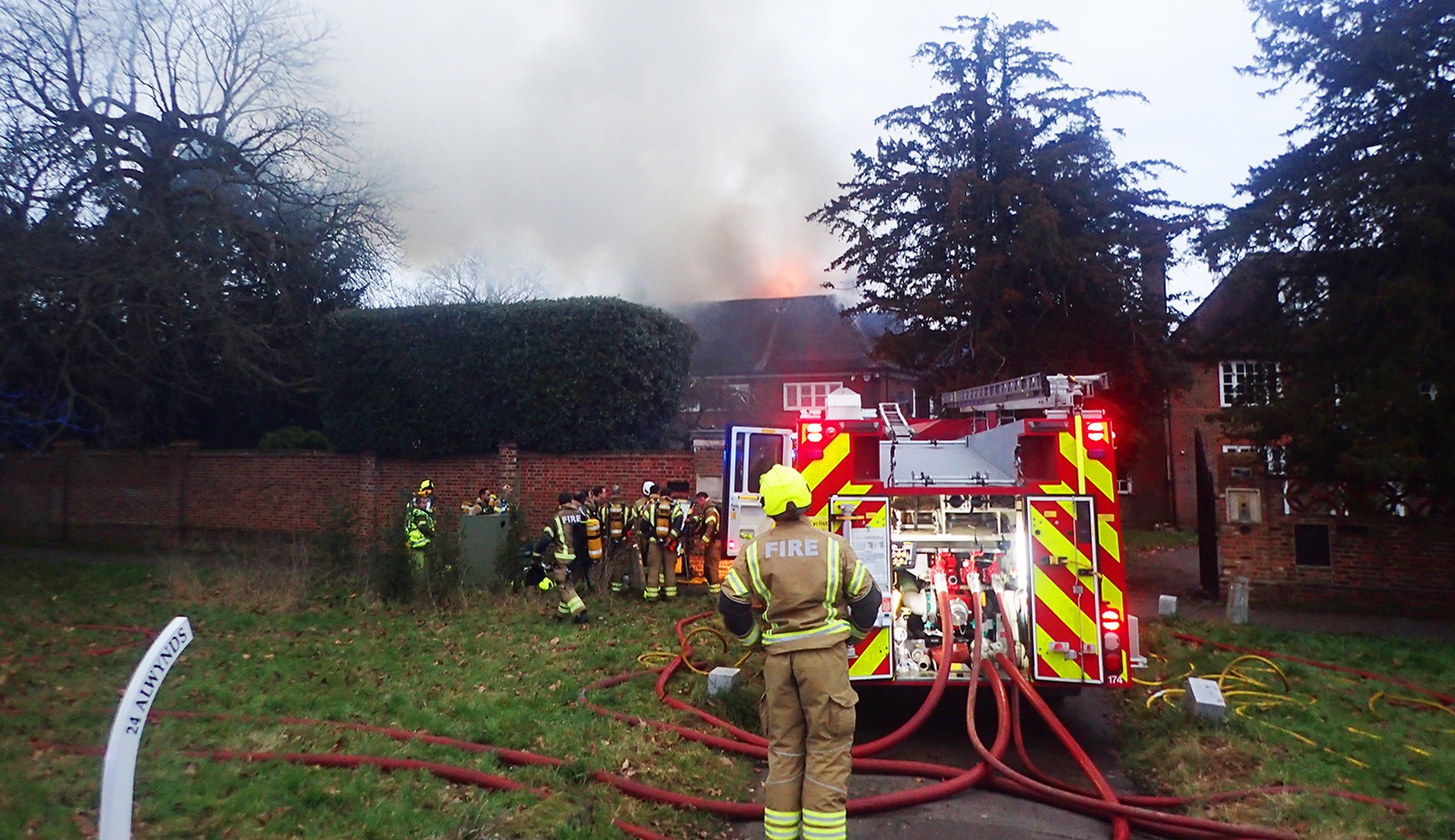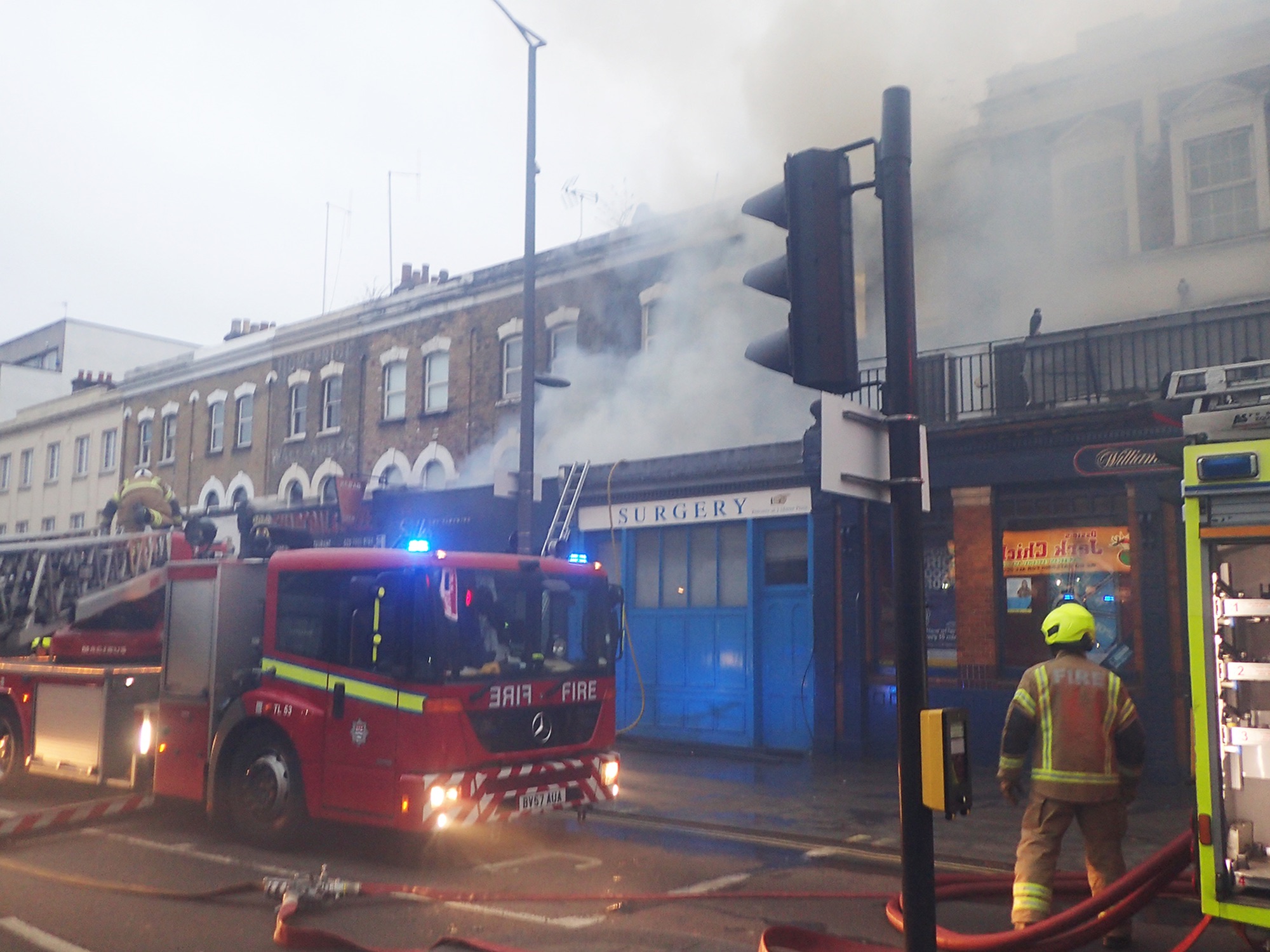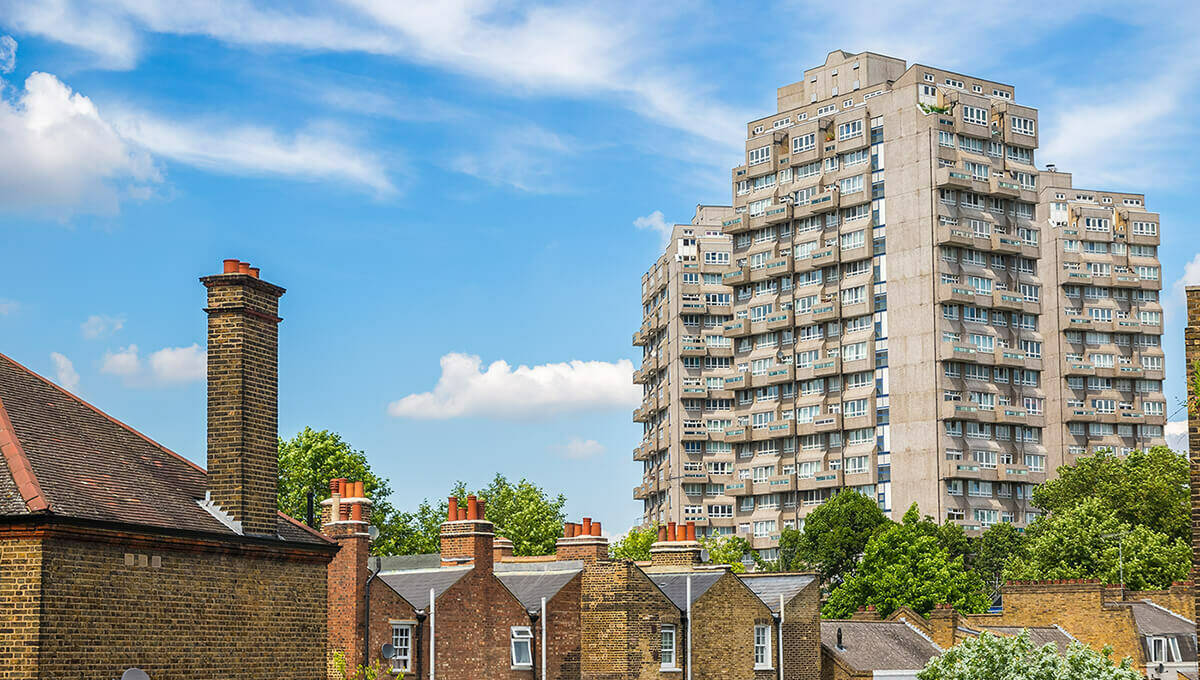GeoPlace partnered with the National Fire Chiefs Council to examine the benefits a focus on the UPRN can bring to improving fire safety in communities. Richard Duffield, Senior Consultant at GeoPlace and Catherine Levin Communications Adviser from the National Fire Chiefs Council provided this report.

Fire and rescue services are really good at looking at data about people and place to work out fire risk in their local area. We wanted to see if a focus on place using the UPRN could yield interesting information about fire risk.
Apollo Gerolymbos is the Data lead for the NFCC and also Head of Data Analytics at London Fire Brigade. He has worked with GeoPlace before and spoke at the 2019 GeoPlace conference about his team’s work with the UPRN to forecast fire risk using energy performance certificates (EPC) as a proxy. Early results showed that the EPC could be a useful addition to predicting fire risk. The slides and audio from Apollo’s presentation are available here.

Building on this approach, we tested the hypothesis that if a food outlet had a low hygiene rating then it would be more likely to have a fire. We wanted to know if poor food hygiene management is an indicator of a poor attitude to managing other aspects of the business including fire safety.
We got a group of fire analysts together and asked them to look at Food Standard Agency data alongside fire-related and other datasets containing a UPRN to see if there were any connections.
We focused on the London boroughs of Greenwich and Lewisham; two neighbouring south London boroughs which offered a good range of food outlets for us to examine. For these areas, we gave our analysts access to fire incident data, inspection data (for non-domestic buildings), and food hygiene rating scheme data from the Food Standards Agency, Energy Performance Certificate data and to AddressBase, the authoritative source of UPRNs.
Strategies
We found analysts were taking various approaches to test the hypothesis. As well as using Excel, we found analysts using SQL, FME, ArcMap and QGIS for mapping. If there had been more time, analysts would have preferred to use Python and Power BI; one team did manage to use R to attempt some machine learning.

They all recognised that there was relatively little data to work with so doing any kind of trend analysis would be tricky. Some wanted to weight the data, to understand the extent of the damage caused by fires in the premises in the incident dataset. Most groups said that looking for something significant in the data is hard when the data is unfamiliar and there is a lot of ‘noise’ to distract them.
Here are a couple of quite different strategies:
“We assessed the data quality and found any commonalities between the datasets to find out which data we could join up. We decided to use a couple of the datasets as our base and then complimented this with other datasets such as the Food Standards Agency and the AddressBase Premium. We then used indexing to create a likelihood rating of premises which would be involved in a fire; this could be used for future forecasting when combined with industry growth statistics.”
“Our idea was to create a table with features added in from incidents, inspections and food standards data. We wanted to run a prediction model (random forest) to see which of these features would help predict a fire.”
Learning from the data
It was a tall order, expecting our analysts to produce insight into the data in just a few hours. Here are some of the things they told us:
“Apart from finding out that the data was imperfect, relatively few incidents took place at properties audited by the Food Standards Agency, and most of those (87%) had a rating of 5 (i.e. the best). This suggests that food hygiene is a poor indicator of propensity to a visit from the LFB.”
“Fires at low hygiene locations cost more, use more resource, last longer and appear overall more severe than fires at medium/high hygiene rated locations.”
“The date of the inspection from the Food Standards Agency doesn’t correspond with the date of a fire, so it’s hard to know if the management of the food outlet remained the same or changed in the meantime.”

Conclusions
The hypothesis that poor food hygiene is a proxy for poor fire safety and increased fire risk was not proved. However, it was felt that more could be done with additional time, a larger dataset and fewer gaps in significant elements of the data. Regardless, the experiment reinforced the need to give fire analysts the opportunity to put their heads up and look at fire data in a new way, with unfamiliar sources to stimulate new thinking. Getting out of the office and working with like minds on common problems was great for community building, engagement and knowledge sharing.
With so many outlets achieving the highest rating, more work needed to be done to focus in on those with lower ratings and look at rates of fire as well as adding in other third-party datasets to get a more rounded view of premises.
An important outcome from this experiment is that while UPRN is about place, fire risk is also about behaviour and that a focus on place alone will not predict fires in the future. Layering datasets that contain the UPRN allows a focus on place and provides a starting point for looking at fire risk, but only a closer examination of the behaviour of those who manage the location will help fire and rescue services successfully plan for managing that fire risk.
We learnt that with more data and more time we could have got a lot further; data quality is critical to data analysis and linking data using one criterion – the UPRN – means it must always be formatted correctly.
We think there is real potential in using the UPRN more widely in fire risk management planning. The NFCC’s Digital and Data Programme will look at how it can broker access for fire and rescue services to place based datasets containing the UPRN at a national level to complement existing people based local data for a truly rounded view of fire risk.
See our previous blog Predicting and preventing London’s next fire using predictive analytics and the Unique Property Reference Number and the article in UK Authority 'Connecting fire and flood risk with place through UPRNs'.
For further information, contact Richard Duffield at [email protected].



